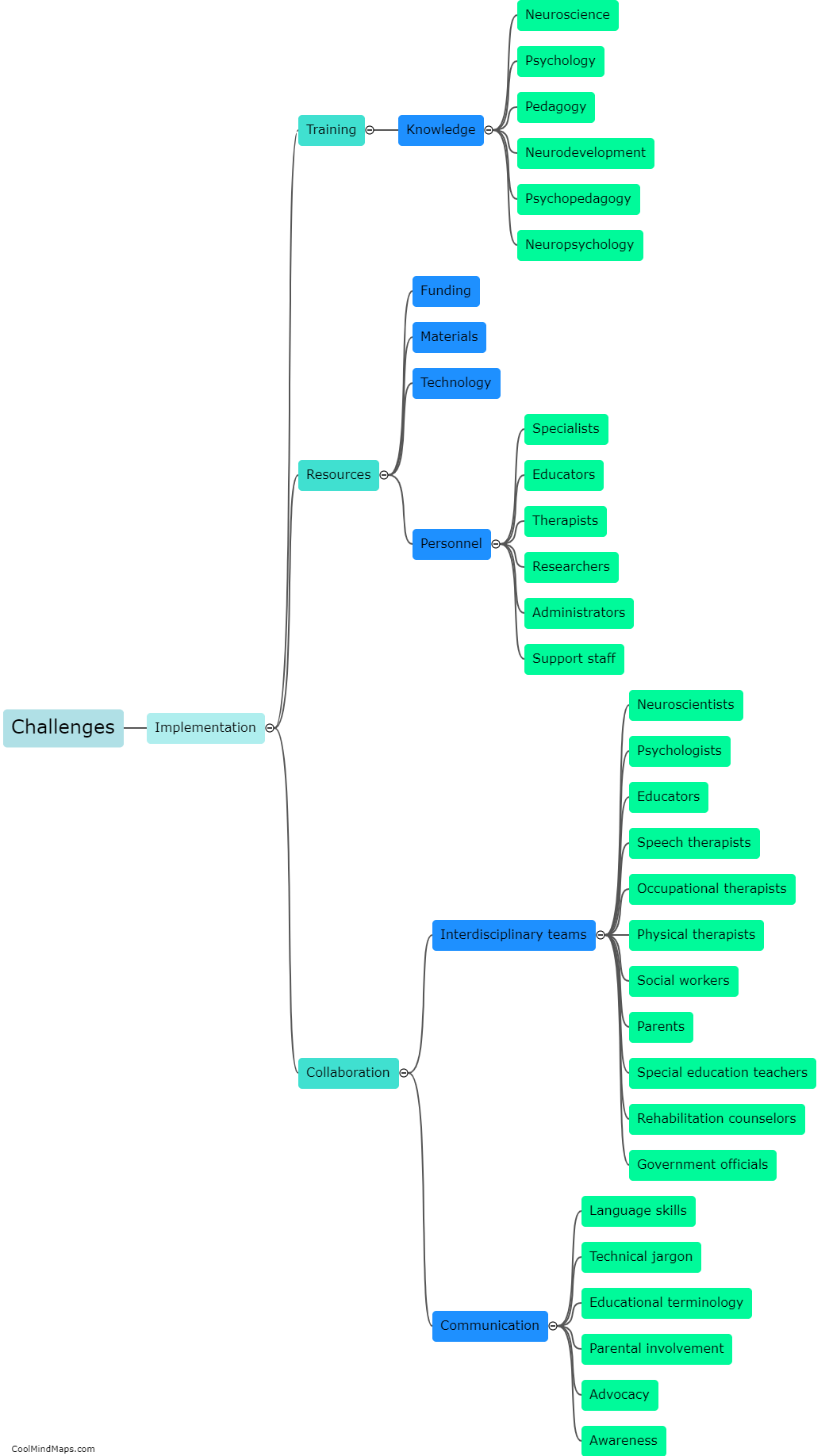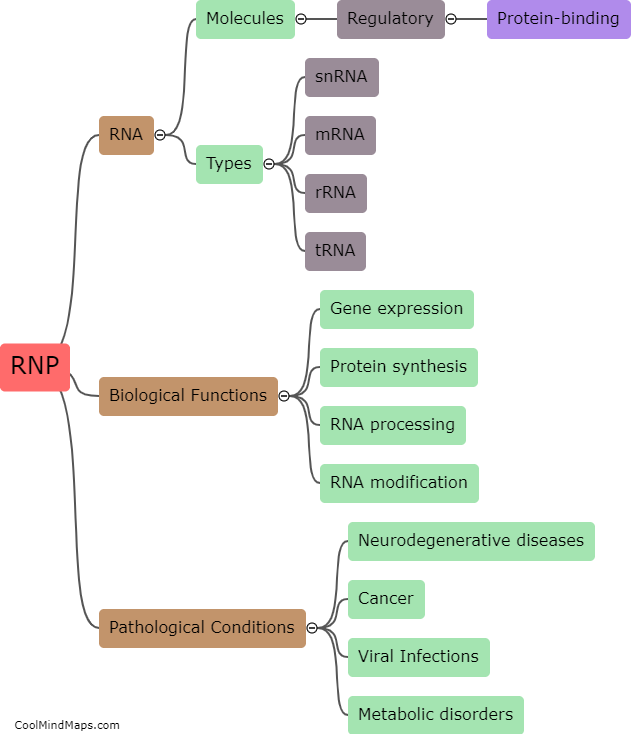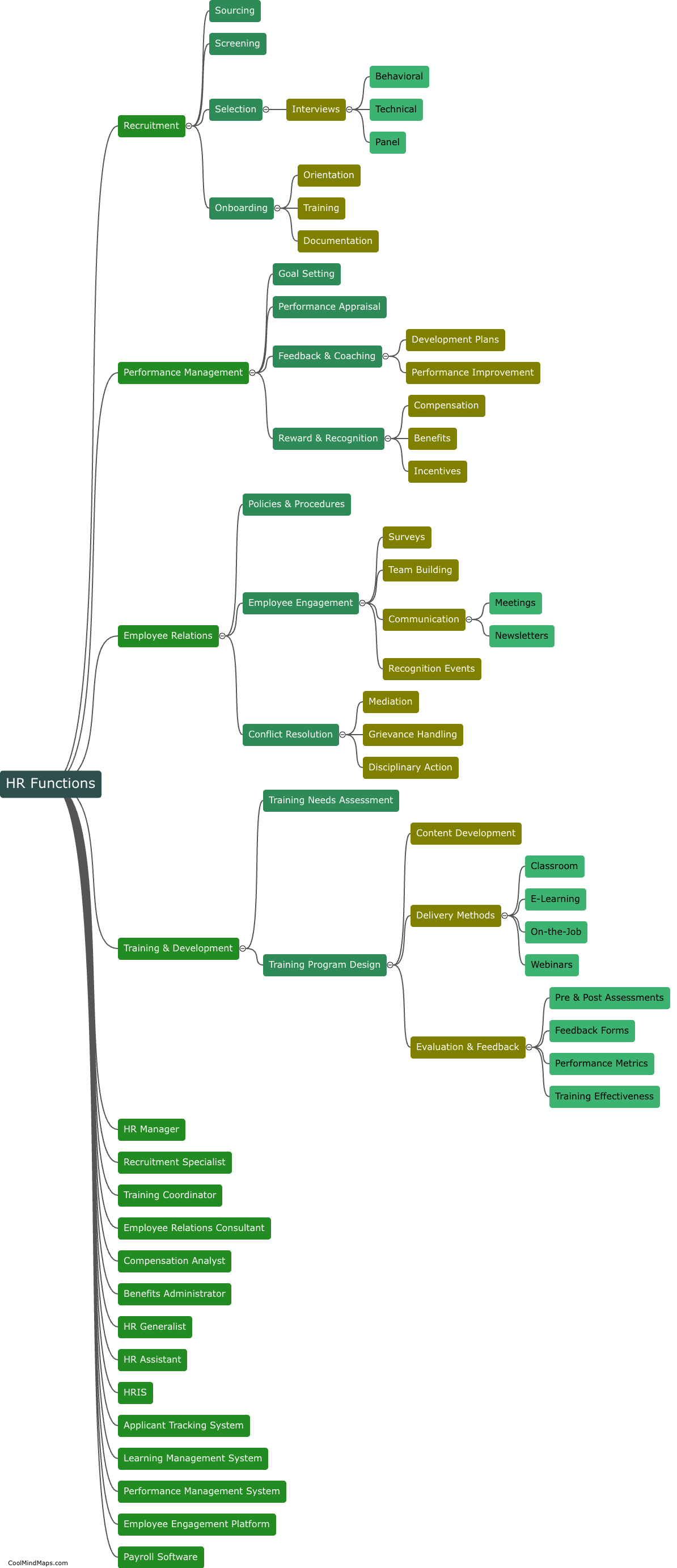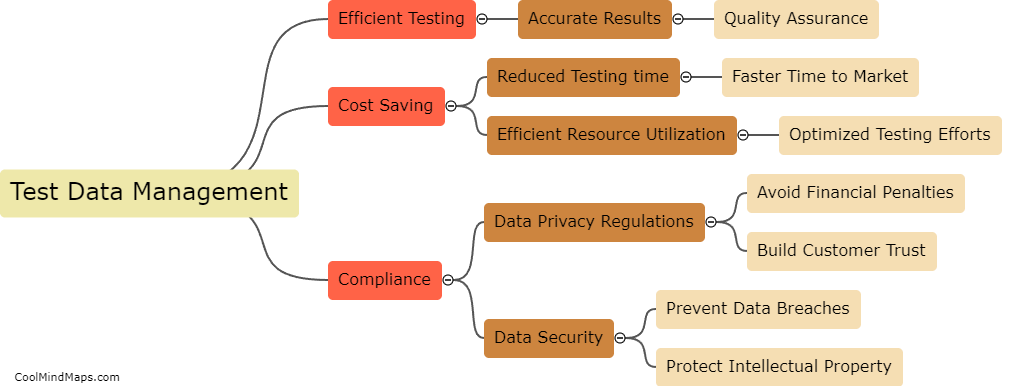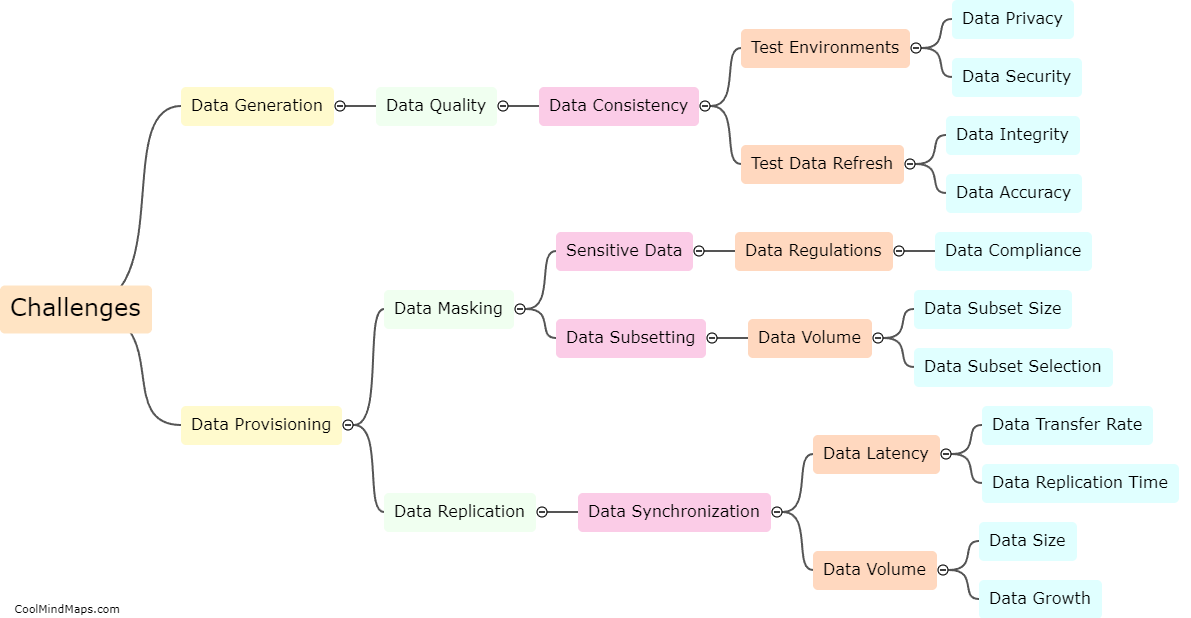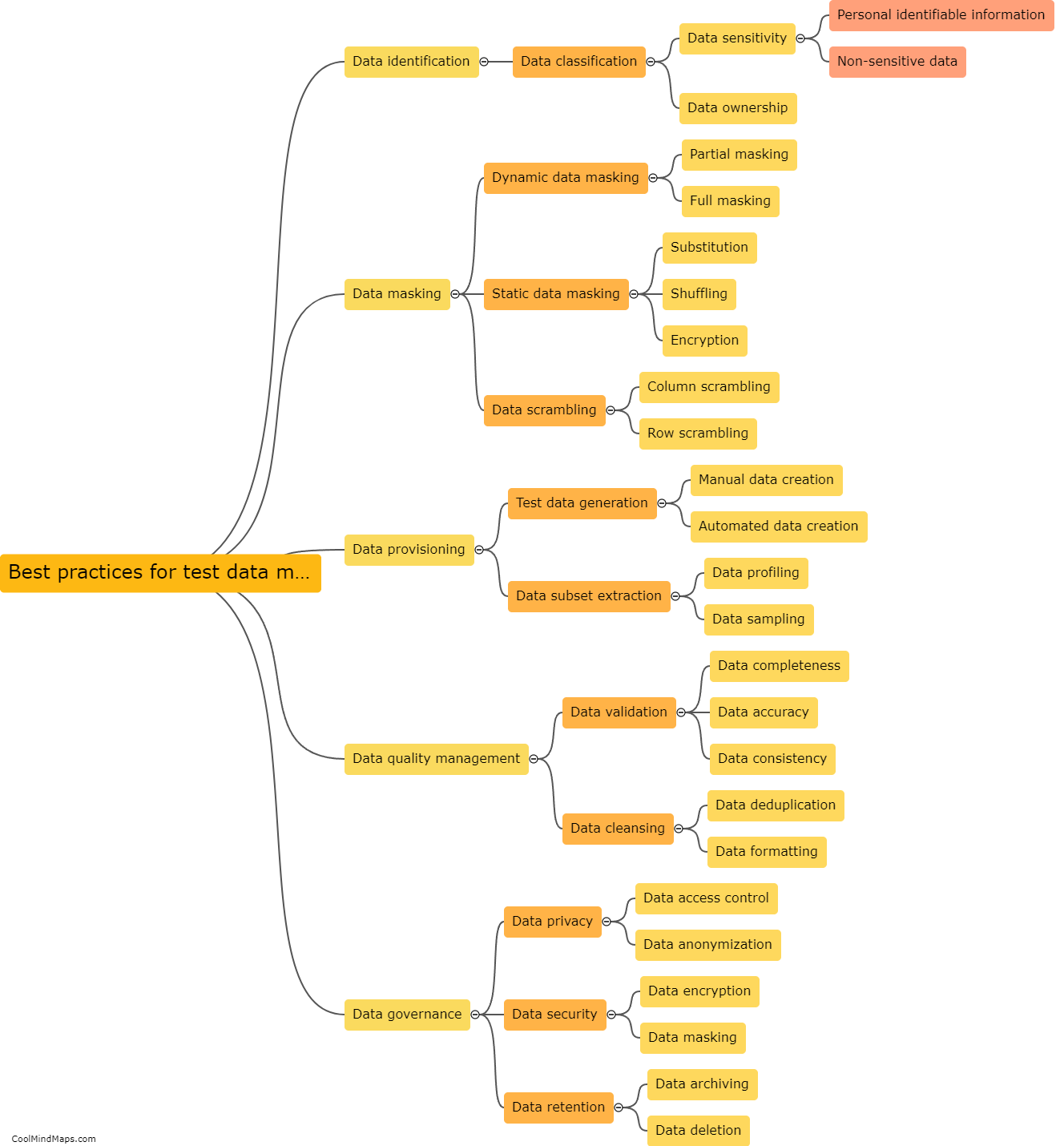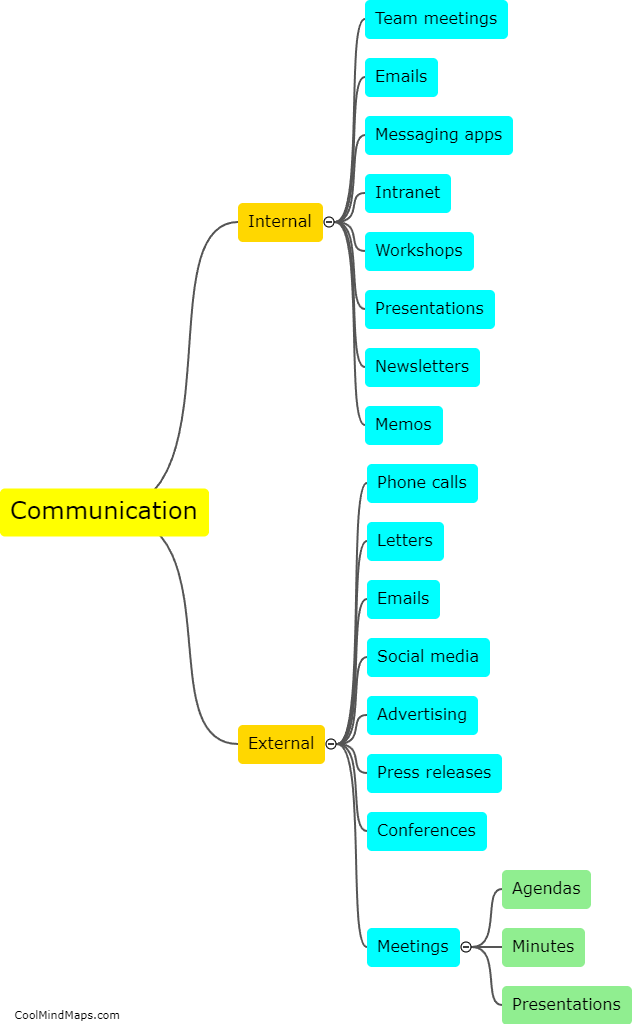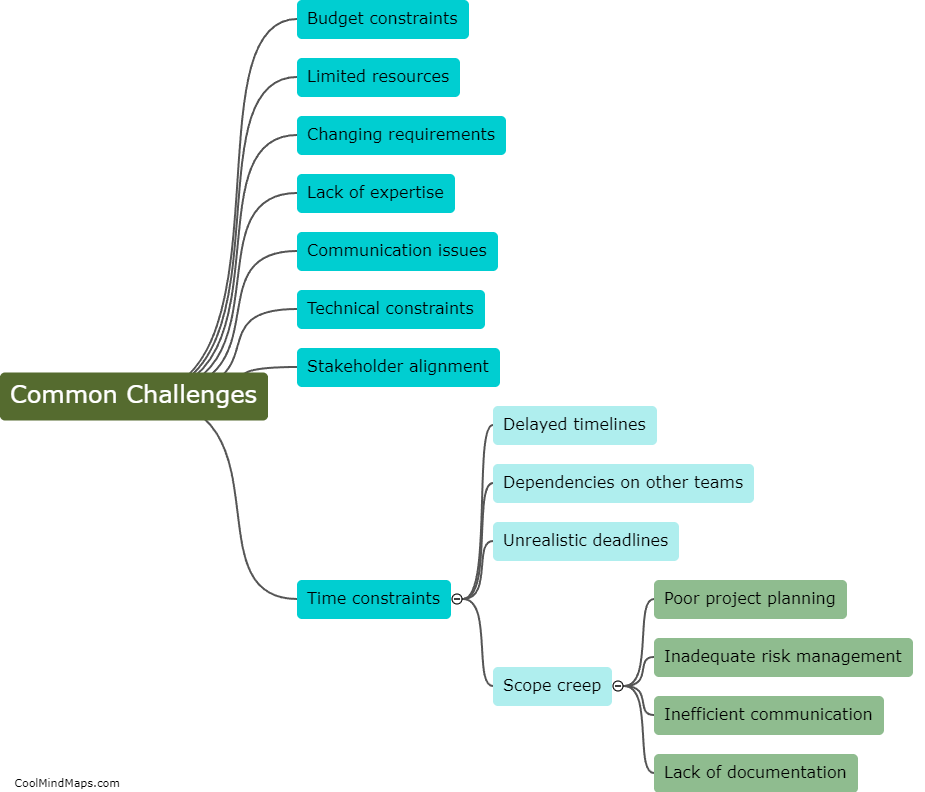What are the key steps in the solution engineering life cycle?
The solution engineering life cycle encompasses a series of key steps that facilitate the development and deployment of effective solutions. It begins with requirements gathering, where the needs and goals of the solution are identified. This is followed by system design, where the solution architecture and components are defined. Afterward, the implementation phase involves building and testing the solution, ensuring its functionality and performance. Then, the solution is deployed, ensuring a smooth transition from the development environment to the production environment. Finally, the solution is maintained and continuously improved through regular monitoring, troubleshooting, and updates to meet changing requirements and address any issues that may arise. These steps, encompassing the entire life cycle, ensure the delivery of successful and value-adding solutions.
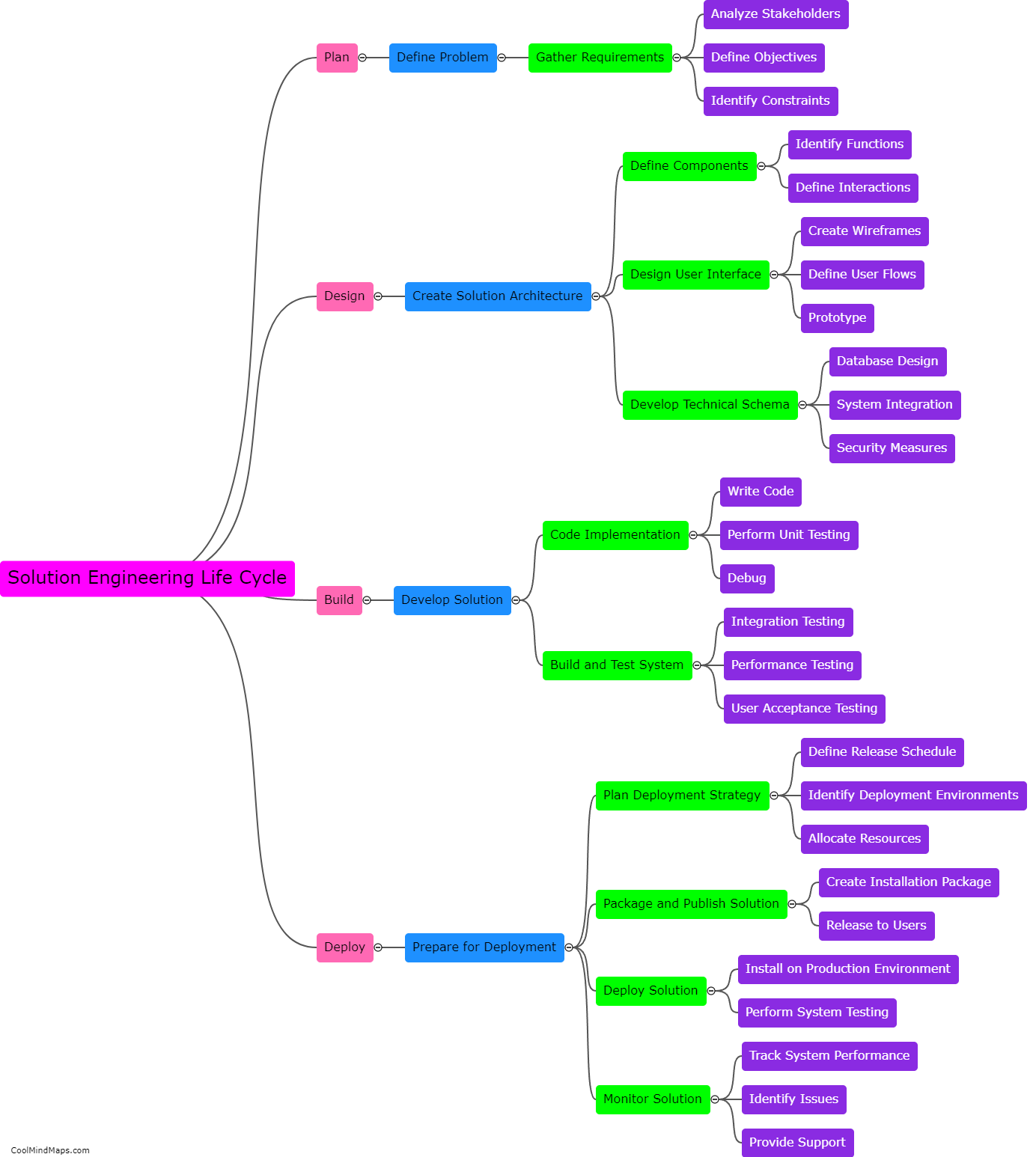
This mind map was published on 30 July 2023 and has been viewed 116 times.
